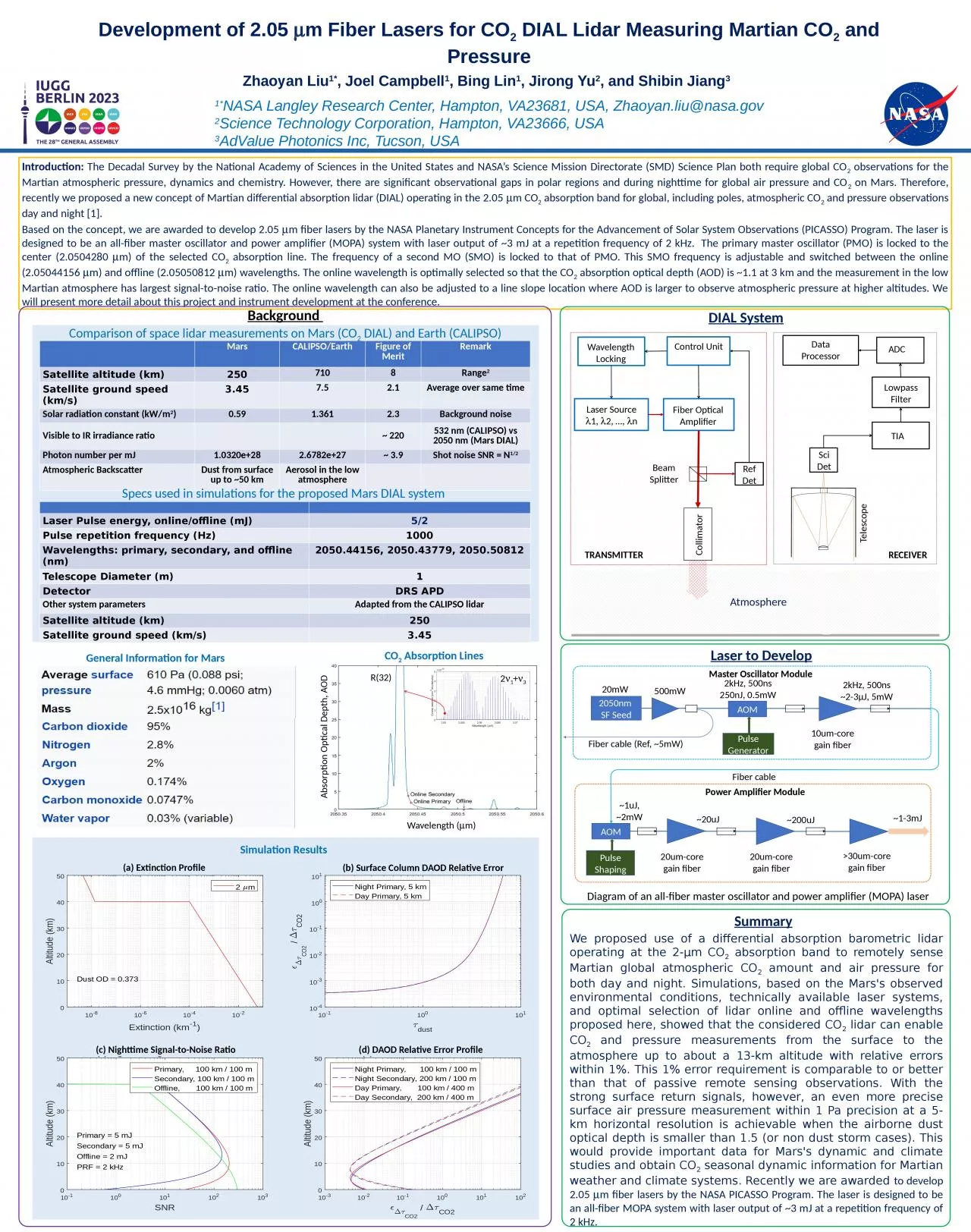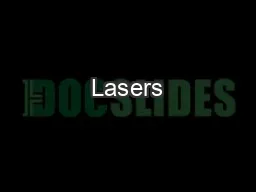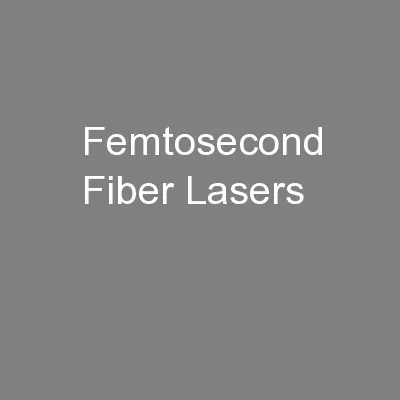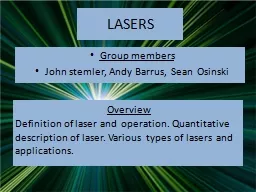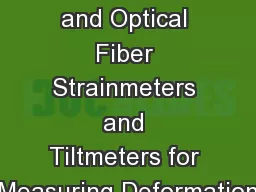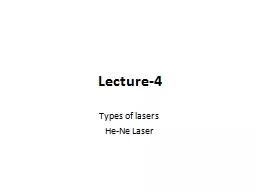PPT-Development of 2.05 m m Fiber Lasers for CO
Author : davies | Published Date : 2024-01-03
2 DIAL Lidar M easuring Martian CO 2 and Pressure Zhaoyan Liu 1 Joel Campbell 1 Bing Lin 1 Jirong Yu 2 and Shibin Jiang 3 1 NASA Langley Research Center Hampton
Presentation Embed Code
Download Presentation
Download Presentation The PPT/PDF document "Development of 2.05 m m Fiber Lasers fo..." is the property of its rightful owner. Permission is granted to download and print the materials on this website for personal, non-commercial use only, and to display it on your personal computer provided you do not modify the materials and that you retain all copyright notices contained in the materials. By downloading content from our website, you accept the terms of this agreement.
Development of 2.05 m m Fiber Lasers for CO: Transcript
Download Rules Of Document
"Development of 2.05 m m Fiber Lasers for CO"The content belongs to its owner. You may download and print it for personal use, without modification, and keep all copyright notices. By downloading, you agree to these terms.
Related Documents

